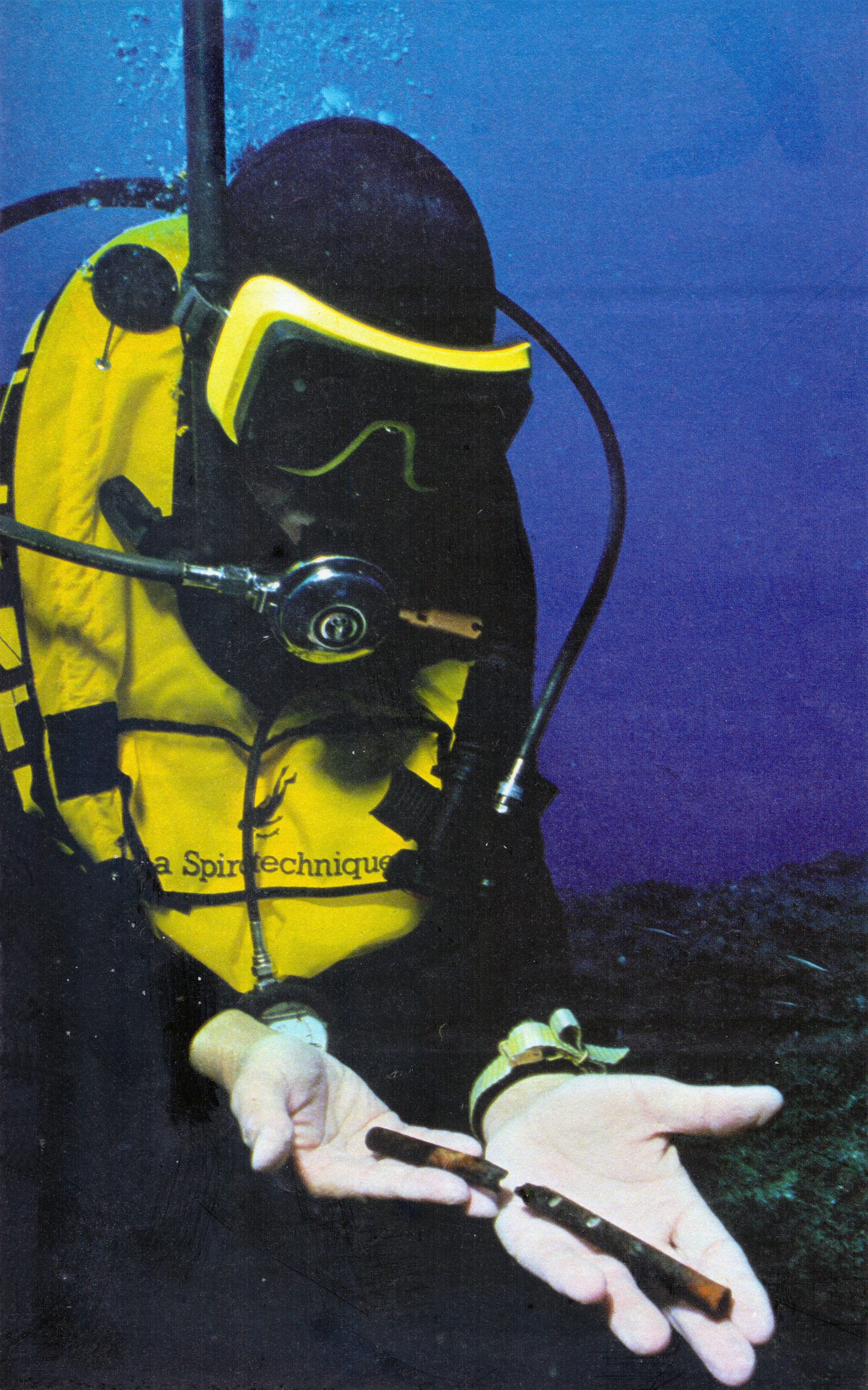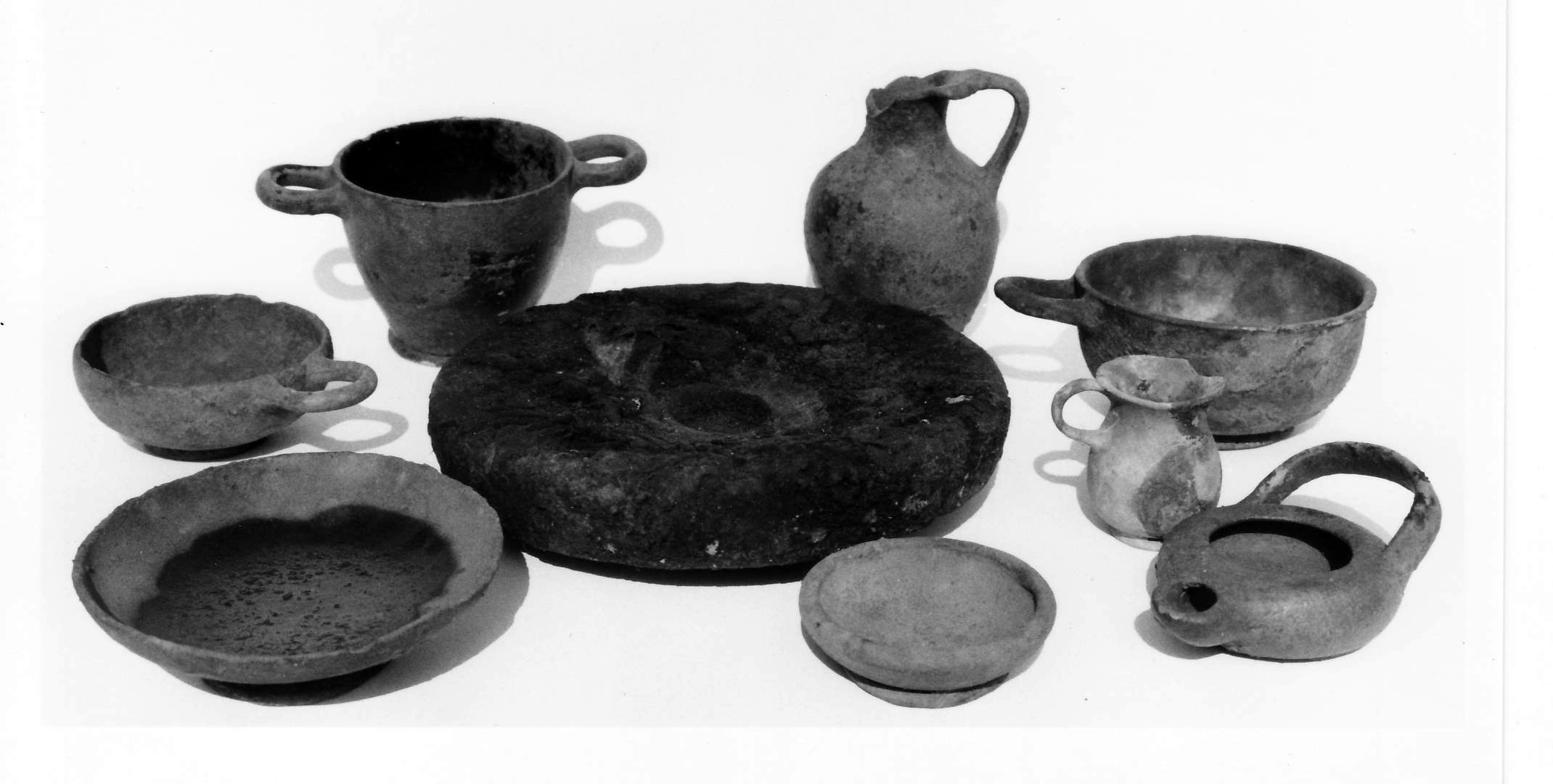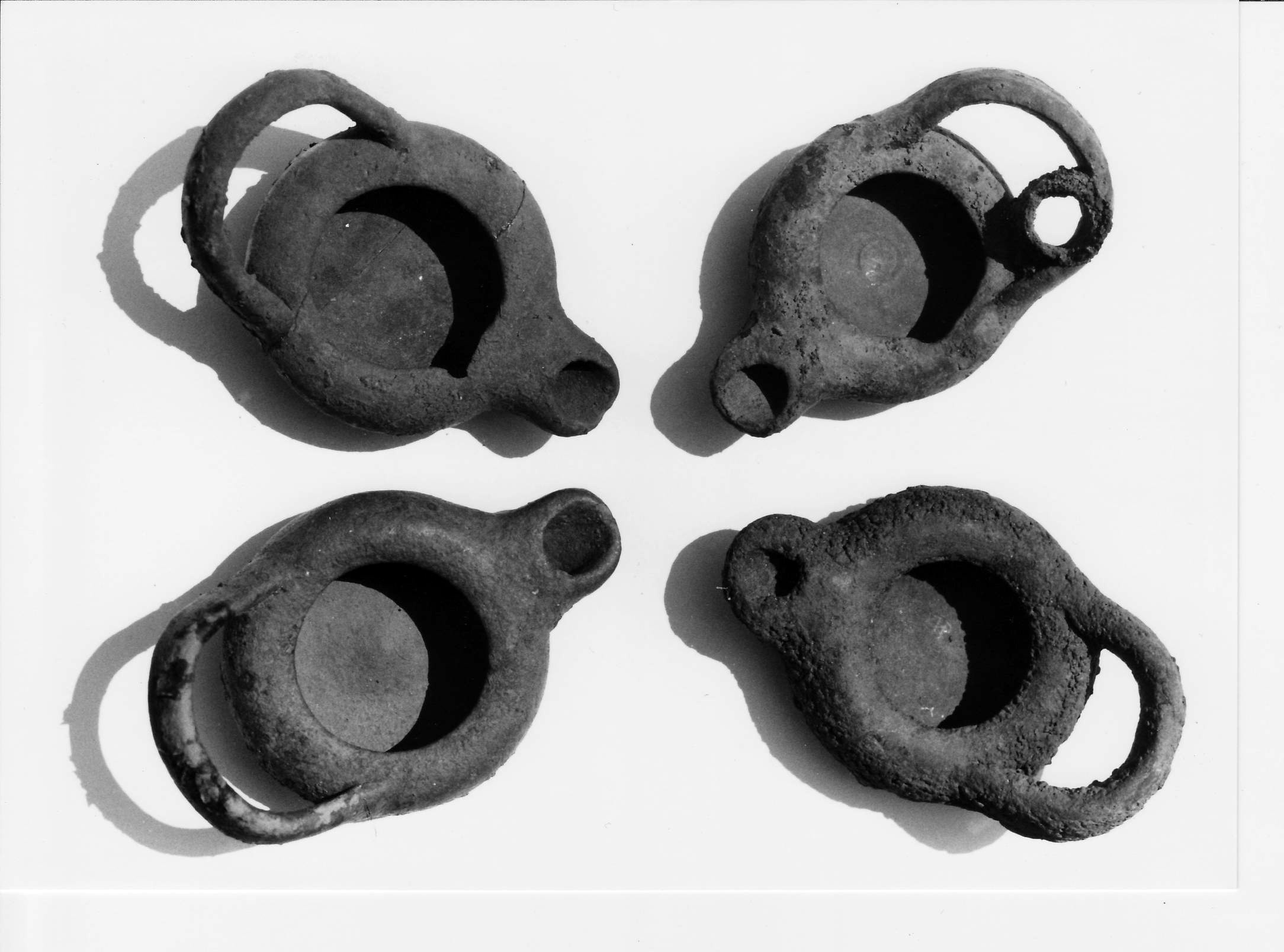Win A Marine Archaeology Course
In The Caribbean
Worth More Than £2,000
(Click here for further information)
Article #3
| Title: | The Recovery Of Smaller Objects From Historic Wreck Sites |
| Produced By: | Mike Haigh (Project Director Wreck Hunters) |
In my last article we looked at methods that are used to raise large objects from the seabed. In this article we will be addressing the issues raised when transporting smaller items. Items which may be made of glass, wood, ceramic material, metal or a combination of these.
Before we look at the techniques that can be used, we first need to address some key principles around the recovery of finds. The first is the raising of artefacts must be included in any project’s research design, so that the process can be planned well in advance. Secondly, you need to be aware that the removal of such objects will be governed by the regulations in the country in which you are operating. Finally, before any items are raised, conservation premises and equipment need to be arranged, along with an eventual home for the objects. Do not assume that some museum will happily take your items.
The actual removal of artefacts from their adopted seabed home is normally quite straightforward but can present challenges. On an Early 4th Century BC wreck off the Italian island of Panarea, the cargo of black-gloss ware was partly enclosed in a volcanic crust. Some objects had to be removed with the crust, often by careful chiselling, and then re-excavated in the laboratory. On the Giglio Etruscan wreck many artefacts were encased in pitch. Part of the cargo, it had oozed over many items on board as the ship foundered and sank. Hardened by time, the divers became adept at chipping around the objects it had encased. They were then raised to the surface and removed from the pitch by the conservation team.
An object which has spent a lot of time waterlogged will have lost integrity and will fall to pieces unless supported. Larger objects need to be splinted and bandaged, small objects can be placed in boxes with sand all around and the lid tightly fitted over the sand. One material that presents problems is cast iron, which is of course what cannon balls were made of. Even after extensive washing in fresh water (in some cases for over 12 months) most will break up when exposed to air. This is because corrosive salts penetrate the interior of the object causing it to break up on drying. The Mary Rose project has successfully preserved many cannon balls from the site, but only by using very expensive processes.
Most small finds can be relatively easily transported to the surface. But before that they must be recorded. Everything needs to be numbered and given a brief description on a label inside the box and another attached to the outside. Everything needs to be itemised, registered and related to context, both the box and its contents. You need to plan for re-excavation in a workshop or lab. Everything needs to be kept wet, cool and in the shade. Most objects will need desalination. The find’s register entry should look like a passport with all actions entered as things go along. Do not clean up any finds as you may destroy some valuable information. More of a challenge are ‘footprints’, a stain left by a now vanished metal object. This cannot be lifted and will require extra-thorough recording on site.
In the context of small finds, I will also bring up the topic of wood sampling. With the potential to tell us what type of wood the ship was built from and where this wood came from. Potentially providing us with a geographical location for the origin of the vessel. This takes us into the world of wood anatomy.
From a practical point of view the samples need only need be 2–3 cm cubed. As long as the wood is in a reasonable condition most laboratories will be able to work with this. Waterlogged wood should be kept wet, out of direct sunlight and cool. Sealed bags with some fresh or salt water and as little air as possible will do the trick. Then wrap the bag in bubble wrap to prevent movement in the box in which it will be stored, appropriately labelled, of course. If keeping the samples cool is a challenge, alcohol can be used instead of water.
A bottle with a cork in it? Don’t be tempted – if the contents are not poisonous, they are usually completely changed in appearance, colour or taste and disgusting to drink. In addition, old bottle glass is extremely fragile and can be impossible to stabilise.
Next time we will look at methods that are used when initially surveying a site.
Until then I wish you enjoyable and safe diving.
Mike



